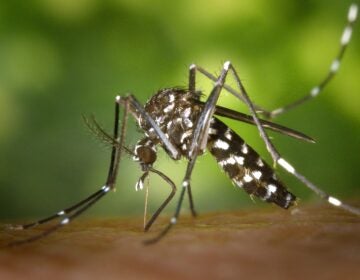How animals adapt (and maybe even evolve) to live in cities
Mice, rats, mosquitoes, lizards, and other animals are adapting to live in environments created by humans.
Listen 8:29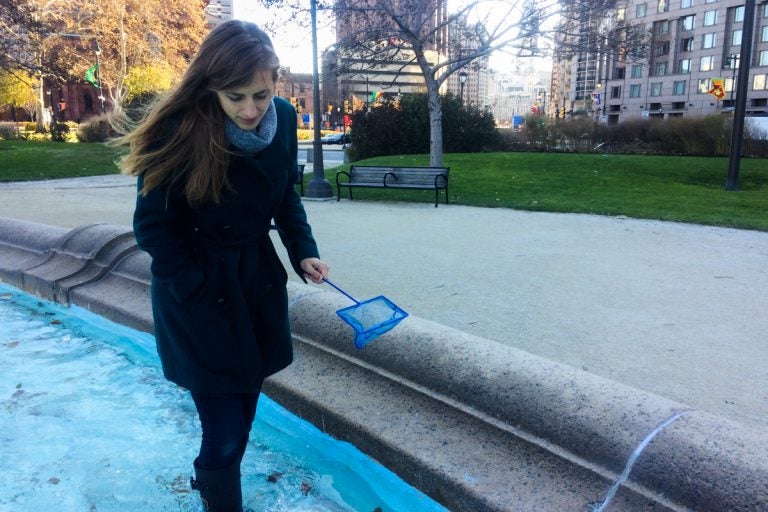
Isa Betancourt, an entomologist at Drexel University’s Academy of Natural Sciences, collects bugs. (Alan Yu/WHYY)
In a dark, musty basement in Northeast Philadelphia, pest control expert Charles Evans is looking for rats.
The room smells like pee. You can see faded paw prints on the wall, and there are tiny holes just big enough for a rat to squeeze through.
It doesn’t take long to find one. It sees us, then hops down a broken pipe and scurries away.
Evans says rats thrive in cities.
“They’re animals of prey; everything wants to kill them: human beings, dogs, birds … Everything wants them dead, so they’re great survivors.”
Rats and mice in Philadelphia have a developed a taste for the finer things in life, he says. He baits them with peanut butter, Slim Jim jerky, and Nutella.
It turns out that, when mice live off human food, it changes them.
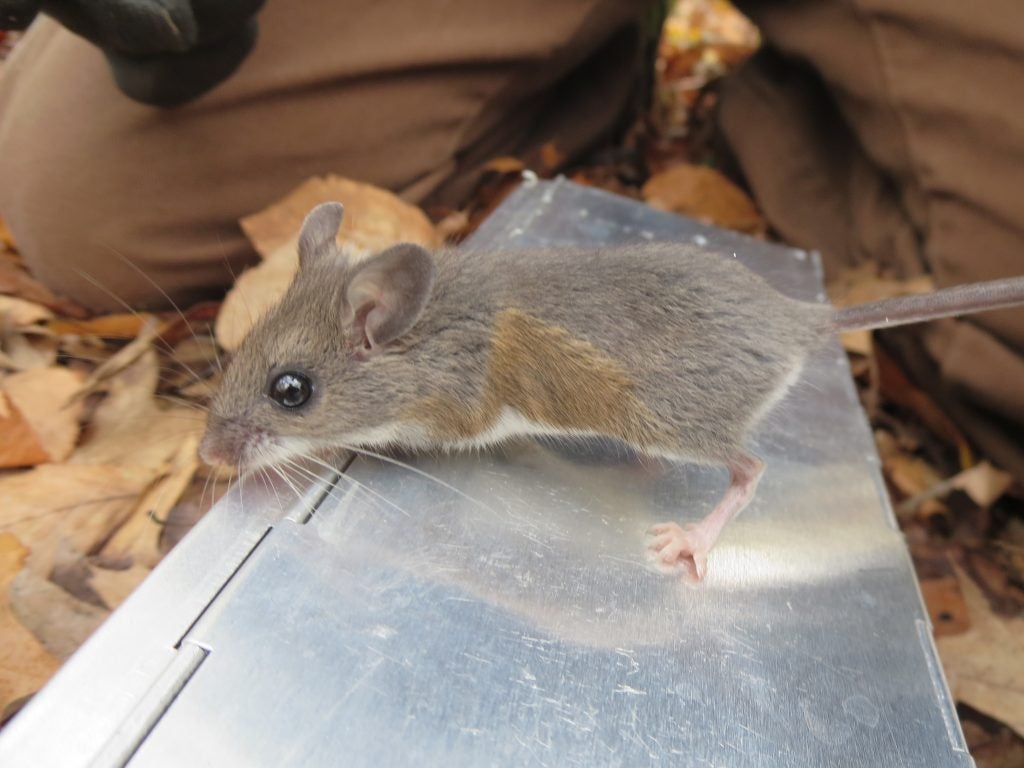
A study of mice in New York City found that they have shorter teeth than country mice, and that their genes are different. Jason Munshi-South, a biologist at Fordham University, was part of that research.
He says mice living in New York City parks generally get cut off from other mice, stay in those parks, and, over time, become distinct. The researchers are still sorting out what those genetic differences are linked to, but the differences are plain enough to see under a microscope.
“You could give my lab a white-footed mouse from a park in New York city, we could bring it back to the lab, look at a few segments of DNA in their genome, and tell you what park that mouse came from,” he says.
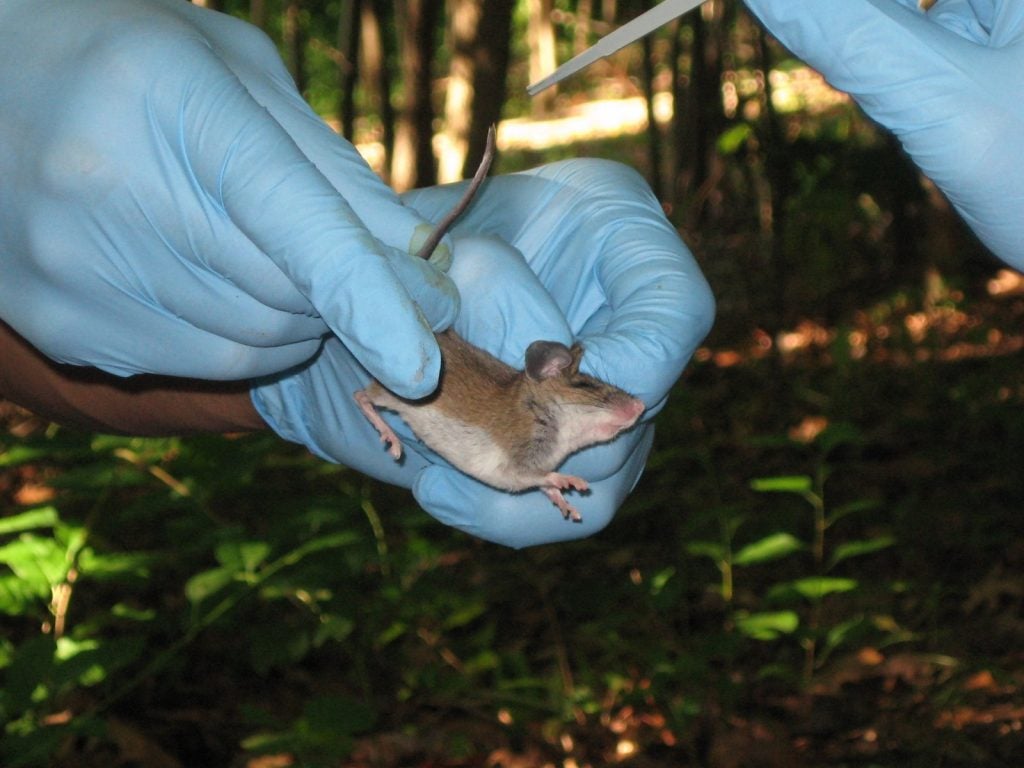
Munshi-South studies rats and mice, but there are lots of examples of animals adapting to cities.
In San Juan, Puerto Rico, there are lizards that have developed longer limbs and larger toe pads, changes that could help them run faster on metal and concrete. Biologist Kristin Winchell is testing out that theory. She built lizard race tracks with different surfaces, and she’s going through the data now.
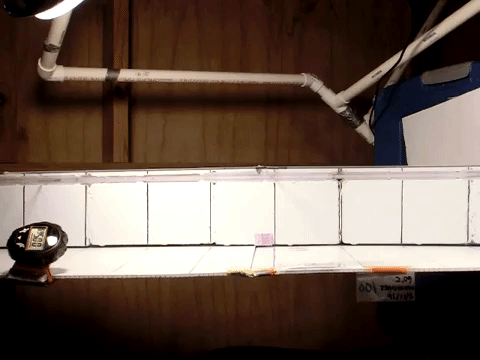
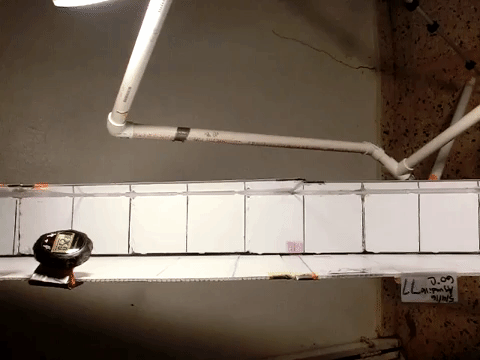
In New Bedford Harbor, Massachusetts, which is a superfund site, there are fish that can actually live in that really polluted water.
“Some people have called it unnatural selection, because it’s selection that’s applied by the activities of humans,” Munshi-South says. “The rise of contemporary cities has occurred just in the last 150 years, and it’s a process that’s actually accelerated recently, so you’re going to see a lot of cases of rapid evolution that’s associated with urbanization.”
Biologists haven’t always paid this much attention to animals that live in cities.
Amy Savage is an entomologist at Rutgers University specializing in ants, and she started off doing research on the Pacific island of Samoa. When she moved on to New York City, someone from the American Museum of Natural History there asked her for ant specimens — from New York City.
“They had ants all the way from Samoa in their collection,” Savage recalls. But, “they didn’t have any from New York City,” home to the museum itself.
Now, she studies the differences in what city ants and country ants eat, and whether those differences are leading to genetic changes that can be passed down.
She says it’s important to think about animals in cities, “which are the only habitat on the planet that’s really growing right now” and thus offers “our best glimpse of what our global future looks like.”
In many of these studies, scientists have yet to prove that animals have actually evolved to live in cities. Kristin Winchell, the lizard researcher, says that requires showing that the animals have changed genetically in a way that helps them survive to pass on those changes to the next generation. That is hard to show.
But this did happen to mosquitoes in London. In the late 1990s, researchers were studying a type of mosquito that normally lives above ground.
Some of these mosquitoes branched off to form new populations in the London Underground. These subway mosquitoes became so different that you could tell them apart by looking at their genes. What the researchers found was a new kind of mosquito that some call the London Underground mosquito.
“It’s evolution … in action,” says Laura Harrington, an entomologist at Cornell University.
Similar underground mosquitoes have also been found in the New York subway, where Harrington studied how they adapt to cities.
“It’s a biologically fascinating question, but also an important public health question,” she says.
The mosquitoes that live above ground (the wild types) transmit West Nile virus, but they usually prefer to feed on birds. So, humans aren’t bothered by them.
But, the mosquitoes that went underground have adapted to feed on mammals. That means rats — and us.
The New York City health department says it’s pretty rare. However, when these different forms do breed with each other, you can get mosquitoes that not only transmit West Nile virus, but also like to feed on mammals.
That means that, by building an underground environment, humans may have helped created a type of mosquito that’s worse for us.
“The next step really in the future is about bringing collaborations together with scientists who understand the mosquitoes and those who understand urban environments,” Harrington says.
For example, if we want to stop these mosquitoes and not get West Nile virus, one thing we might do is make sure there’s plenty of air flowing through our buildings, because mosquitoes are fairly weak flyers and can get blown away easily.
Lots of researchers are doing basic science to move us toward solutions like that and are interested in the ways mosquitoes and other insects are adapting to cities.
On a very windy morning in a fountain in Philadelphia, Isa Betancourt, an entomologist at Drexel University’s Academy of Natural Sciences, is wearing knee-high rubber boots, collecting bugs. She has a small net, like the kind you might use in a fish tank. She’s using it to scoop up bugs floating in the water.
“I’ve had schoolkids think that I’m collecting all the money in the fountain. I’ve had some of them say, ‘She’s stealing our wishes!’ And I’m not stealing wishes … I leave the money there.”
So, why is she knee-deep in the middle of a water fountain?
She’s studying how pollution in the city is changing the bug population.
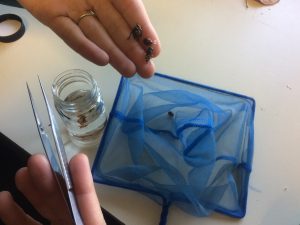
The jets of water in the fountain are like a giant insect trap that let her see which bugs live in or pass through Philadelphia. She’s building a library of insects so that, some day, researchers can use her samples as snapshots in time to track the way insects may be adapting.
“If we’re only finding things that are good at dealing with pollution, that’s not a good sign,” she says.
She says it would be a pretty big loss if we only have the bugs that are pollution-resistant and we lose the ones that can’t adapt.
“It’s sort of like the canary in a coal mine situation, where, if the sensitive insects cannot exist, then we should probably change something, because I know I want to exist in a place that’s more healthy,” Betancourt says.
WHYY is your source for fact-based, in-depth journalism and information. As a nonprofit organization, we rely on financial support from readers like you. Please give today.





